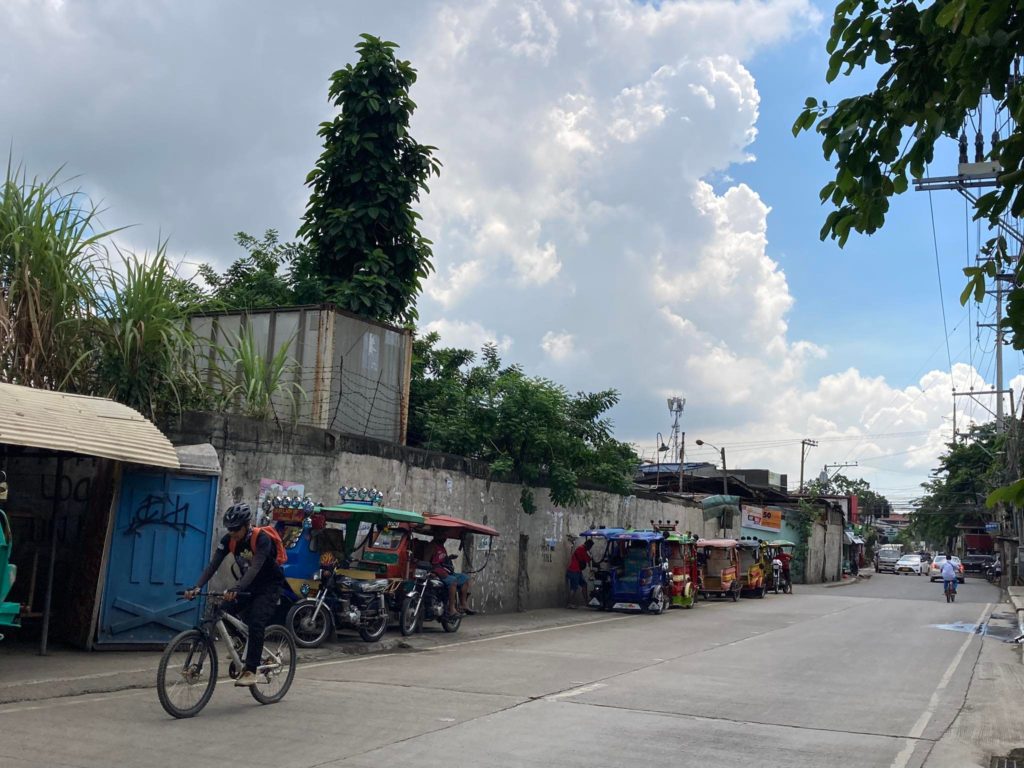CEBU CITY, Philippines – Instead of spending P100 per night for his fare in a motorcycle taxi or “habal-habal” to work, John, not his real name, decided to buy a mid-range bicycle last month to save money amid the hike in fuel prices.
“Aron di na hasol, unya tipid pa,” said John from Barangay Quiot, Cebu City, who works as a service crew in one of the fast-food chains in downtown Cebu City.
(So it won’t be too much hassle and it’s inexpensive.)
He is just one of the many Cebuanos who are bracing themselves for the economic impact of the current hike in oil prices.
The Department of Energy (DOE), earlier, announced that another big-time fuel price hike can be expected this week.
According to the DOE, the price of diesel will increase by P6.30 to P6.60 per liter, while the gasoline price will rise by P2.50 to P2.80 per liter.
DOE’s Oil Industry Management Bureau Director Rino Abad, in a previous statement, said there are three prevailing events on supply pressure this week that continue to push price increases on fuel.
These are the start of increasing demand for northern hemisphere countries due to the summer peak period from June to September; the Russian oil ban by the European Union, and the easing of lockdown in China, which is projected to increase the oil demand.
This news saddened Jerry Palumar, 41, a tricycle driver from Barangay Mambaling, Cebu City, who admitted a huge difference in his earnings now and before the COVID-19 pandemic. The free ride service of the government, while beneficial to the commuters, takes a heavy toll on drivers like him who are directly affected by oil price changes.
Palumar, who has been plying the Punta Princesa-Tisa-Labangon route in Cebu City for four years now, said his P300 daily earnings today are a far cry from the P500-P600 he used to bring home before the COVID-19 pandemic.
He claimed that the increase in oil prices now costs him P350, up from P200, for about three liters of unleaded gasoline, enough for a day at work.
As a way to save money, Palumar said he now takes lunch at home instead of eating in a carenderia (food stall).
“Wa pa intawn ko’y anak pero lisod kaayo oy, labi na’g naa pa koy anak? Kanang P300, duha ra mo, igo-igo ra na. Pero ug naa kay anak, duha o tulo, lugi kay ka oy karong panahona,” he added.
(I still don’t have a child but it’s already difficult, what more if I have a child? That P300 is just enough for two. But if you have children, either two or three, it would be difficult these days.)
Sought for comment about the possibility of reducing tricycle fare now with the loosening COVID-19 pandemic-induced restrictions, Palumar said it is not fair, especially that like him, not all tricycle drivers have resumed operation under 100 percent capacity.
“Tulo (three passengers maximum) ra man mi diri kay maikog man sad mis pasahero, muaksyon man sad naog kung maghuot,” he added.
(We only carry three passengers because we are concerned with the passengers who attempt to go down if it becomes tight.)
In a separate interview, John Kendrick Ceciban, who works as a medical representative, said that although his fuel expenses is subsidized by his company, he and his fellow workers sometimes share rides with each other to help their company with its fuel expenses.
“The nature of my work requires traveling Cebu from Pinamungajan-Toledo-Balamban-Mandaue-Consolacion-Bantayan every week. Before, I was free to follow my itinerary. But ever since March, when the fuel prices started to rise, usahay makigdungan rako’g sakay sa akong kauban and sometimes sila pod makigdungan nako (sometimes I hitch a ride with my workmate and sometimes they ride with me.),” he said, noting that such adjustment is a huge help, especially that from only P2,500 to P3,500, it now costs him an average of P5,000 to fill up the tank of his car.
Nikki Abas-Rayoso, who also owns a car, said though she can’t really do anything about the oil price increase, she is conserving fuel by choosing a route with a better traffic flow. She said she is able to do so by using a GPS satellite navigation app installed in her car.
“Using car’s air conditioning properly is also a must…always check you car’s maintenance and have it fixed ASAP before driving to improve your fuel [consumption] and to avoid accidents,” she said.
/bmjo
READ MORE:
Consumers lament domino effect of soaring fuel prices
